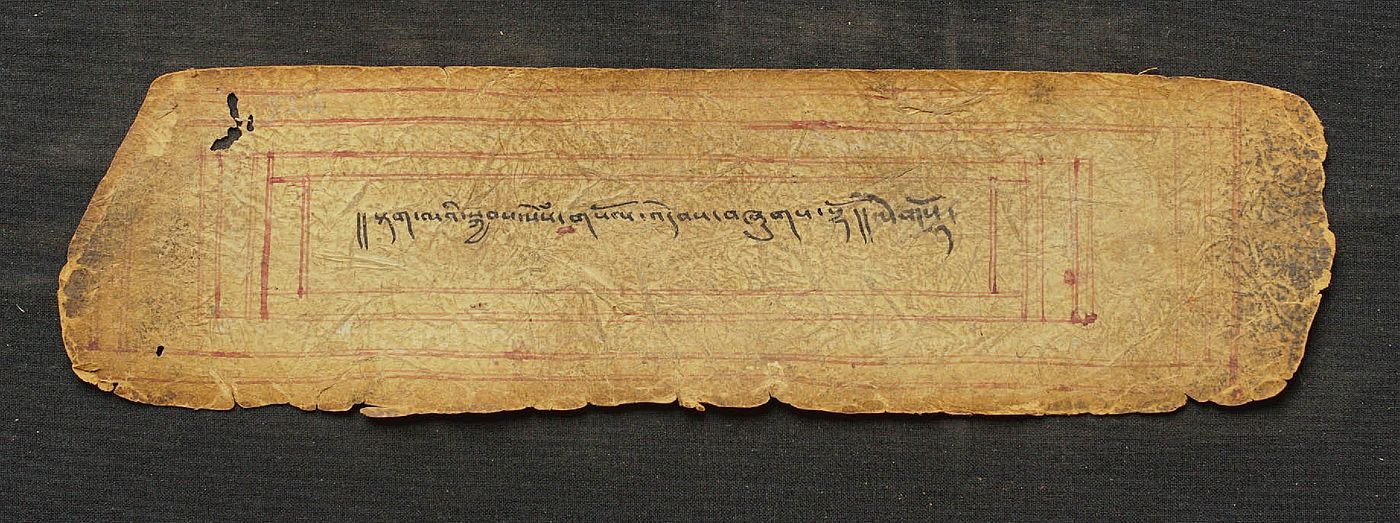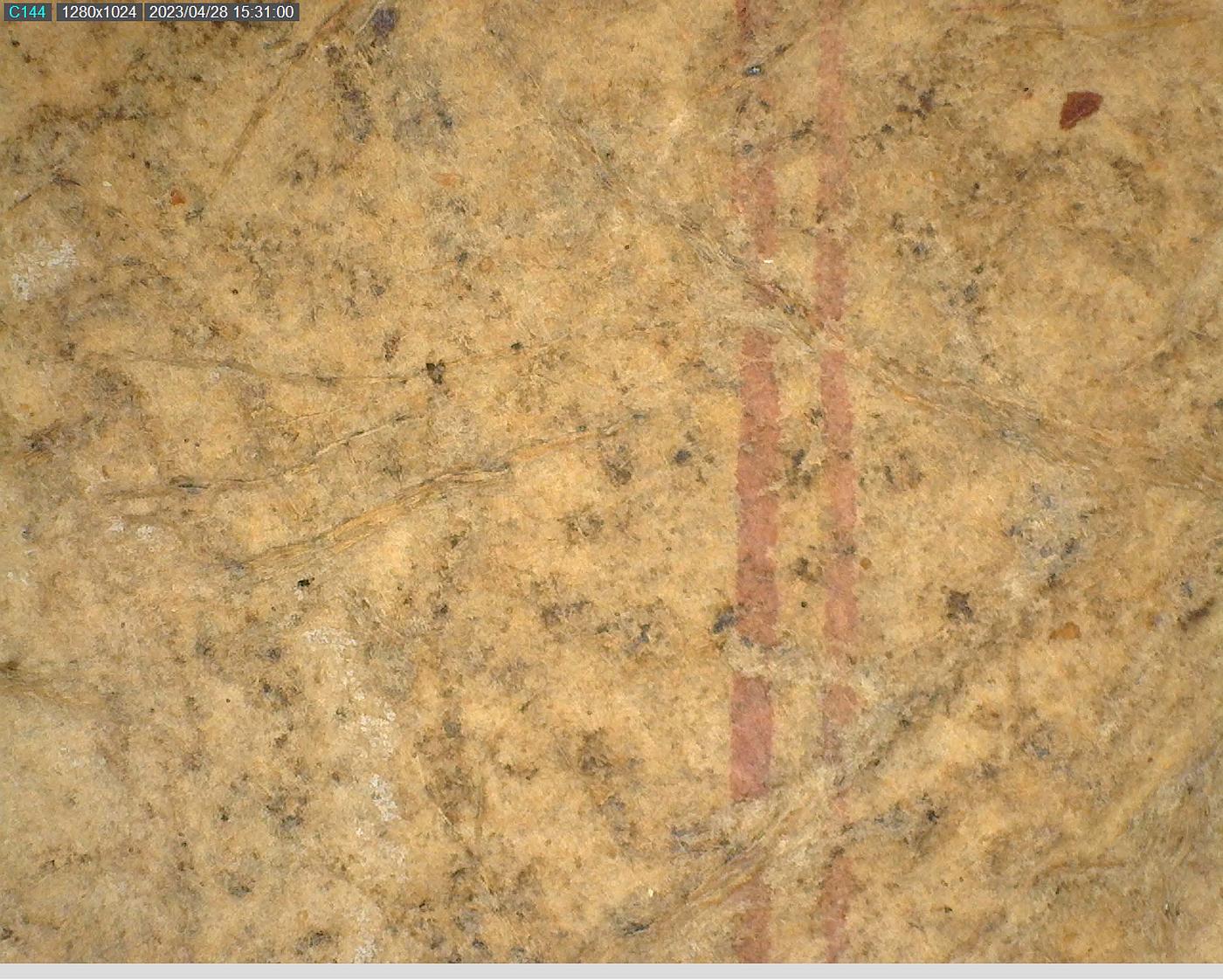DRANGSONG MANUSCRIPTS
| 1. Text number | Drangsong 216 |
| 2. Text title (where present) in Tibetan |
༄༅།། སྟག་ལའི་སྐྱབས་སེམས་གསོལ་འདེབས་བཞུགས་སྷོ།།༄༅།། དབང་རྒྱུད་གྱིས[ཀྱི]གསོལ་བ་གདབ་བ་ནི།༄༅།། ལུང་རྒྱུད་གྱིས[ཀྱི]གསོལ་འདེབས་བཞུགསྷོ།། |
| 3. Text title (where present) in Wylie transliteration | sTag la’i skyabs sems gsol ’debs bzhugs s+ho/
dBang rgyud gyis[kyi] gsal ba gdab pa ni/ Lung rgyud gyis[kyi] gsol ’debs bzhugs+ho/ |
| 4. A brief summary of the item’s contents | The prayer of the meditation deity of sTag la me ‘bar for taking refuge and generating bodhicitta; the recollection of the initiation lineage; the prayer of the oral transmission lineage |
| 5. Number of folios | 5 |
| 6. Scribe’s name | |
| 7. Translation of title | The prayer of the meditation deity of sTag la me ‘bar for taking refuge and generating bodhicitta
The recollection of the initiation lineage The prayer of the oral transmission lineage |
| 8. Transcription of colophon | mi shong snas ste bsdus yig mang po gyag gos byung song/ phar ’ong a 1/ bkra shis par shog/
bkra shis/ dge’o/ |
| 9. Translation of colophon | Because (the content) could not fit on the paper, many contracted forms have had to be used. May it be auspicious!
Blessings. Virtue! |
| 10. General remarks | Belongs to the sadhana collection of the meditation deity sTag la me ’bar. The colophon (pertaining to the first part of the set) contains a very rare instance of the use of the verb *na in its past-tense form (written here as snas). The verb is used in the Mustang dialect to mean “say”, and is probably the origin of the stadard Tibetan noun mna’, meaning “oath”. |
| 11. Remarks on script | ’bru tsha, ’khyug ma tshugs |
| 12. Format | Loose leaves |
| 13. Size | 7.7 x 26.1 cm |
| 14. Layout | |
| 15. Illustrations and decorations | |
| 16. Paper type | Woven, 2-4 layers, soft and smooth, white paint traces on the recto of folio 1 |
| 17. Paper thickness | 0.12–0.29 mm |
| 18. Nos of folio sampled | f. 2 |
| 19. Fibre analysis | |
| 20. AMS 14C dating | |
| 21. XRF analysis | |
| 22. RTI | |
| 23. GCMS |



